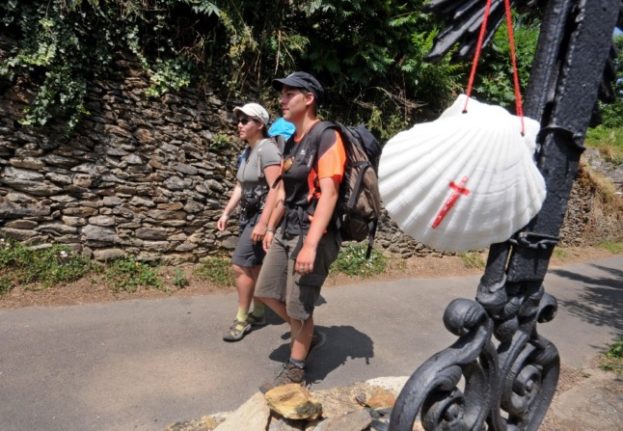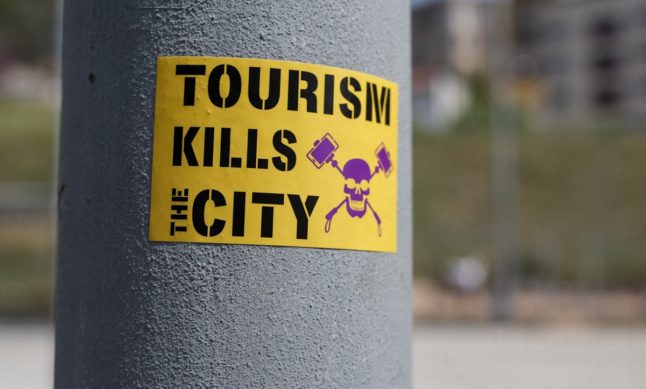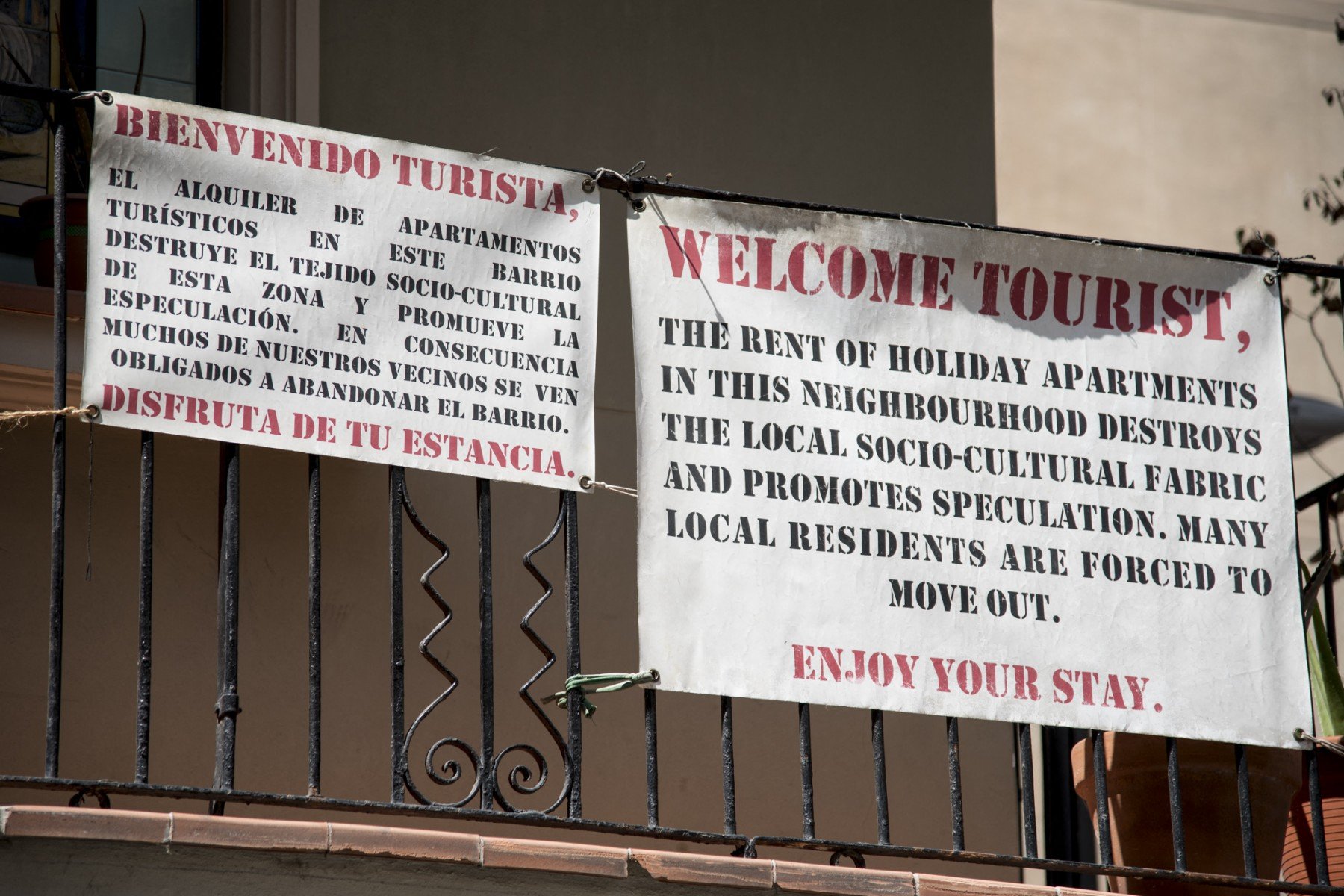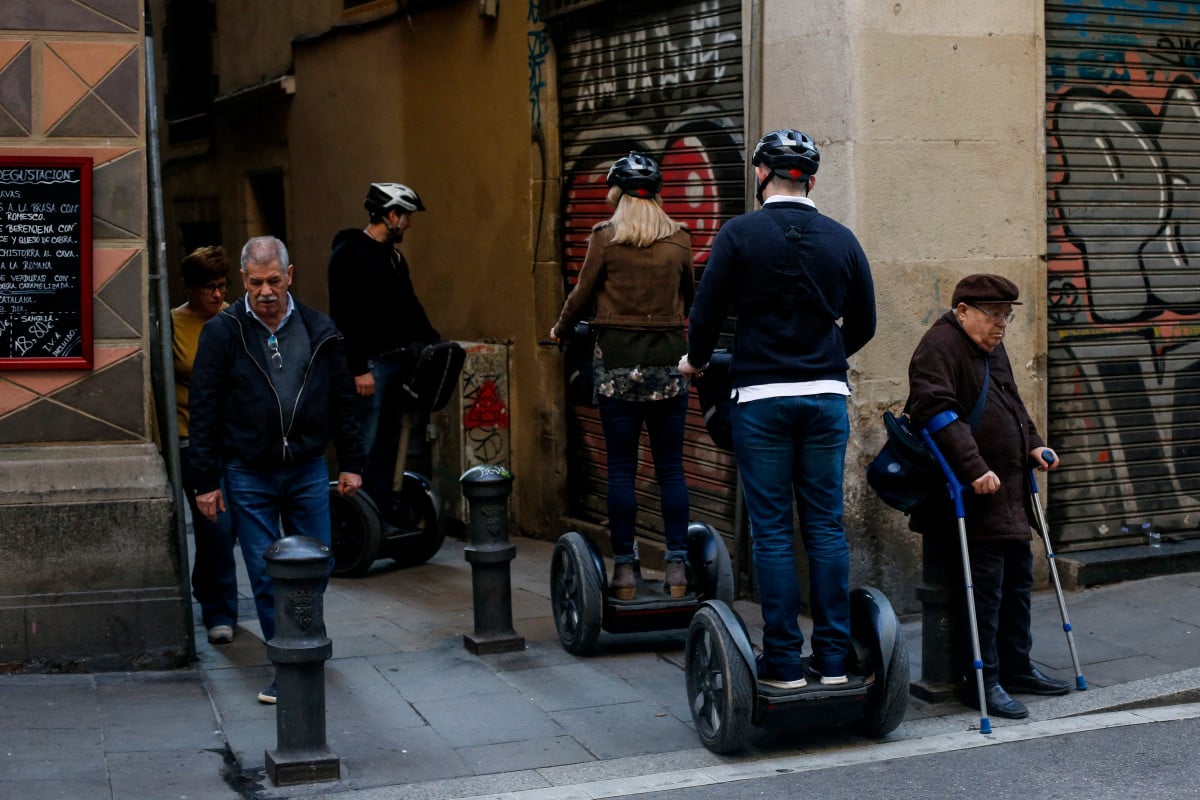El Camino de Santiago is a pilgrimage that leads to the shrine of the apostle Saint James in the cathedral of Santiago de Compostela in Galicia, north-western Spain, where many believe his remains are buried.
Having been a Christian pilgrimage from as early as the 10th century, it took until the end of the 15th century for Pope Alexander VI to officially declare the Camino de Santiago as one of “three great pilgrimages of Christendom” along with Jerusalem and Rome.
Nowadays many make the pilgrimage as a form of spiritual healing, as well as religious, and it has become very popular with hikers and cyclists and organised tour groups. Many people now create their own routes that end in Santiago de Compostela, but the traditional pilgrimage route runs from Saint Jean Pied de Port in France to Santiago de Compostela, is 765km long and takes most people around one month to complete on foot.
Keen to get out in the open air, enjoy some of the rugged Galician landscapes and make the pilgrimage yourself? See The Local’s top tips to make the famous camino below:
Take your time.
765km is a long way. If you’re feeling a little out of shape, or perhaps you simply don’t have the time to take a month off work, there’s no reason you have to do the whole thing in one trip. Many people even do sections of the walk and then return the following year to continue where they left off, doing it in spans of months or even years.
Pack for changeable weather.
Northern Spain, and in particular Galicia, is infamous for its rainy and unpredictable weather. Although you can’t pack too much with you, remember to have everything you need to be comfortable while walking. Think about suitable footwear too – for both the walk itself and relaxing in the evenings.

Get stamped.
At the start of your pilgrimage, you can buy a ‘pilgrim’s passport’ in which you can collect stamps to track where you’ve been. Stamps can be found inside hostels and guesthouses, at local cafes, and inside churches along the route. They enable you to document your journey, and they’re essential to receive your certificate at the end of the route.
Walk the last 100km to get ‘the Compostela.’
The certificate is known as ‘the Compostela’ and you get it when you arrive in the city of Santiago de Compostela. Not many people know this, but you can get your Compostela whether you walk all the way from France, or just the last 100km from the town of Sarria. Don’t forget your stamps – the authorities can be quite strict about handing out compostelas to people!
How to keep the budget low
Firstly think about how many days or stages you want to do, and budget from there.
Next, transportation – obviously you’ll be doing the camino itself by foot (or bike, see below) but you’ll have to factor in the travel costs of actually getting to the starting point. Most of the starting points for the route are fairly accessible by train from across Spain, but do think about the cost of flights if you’re travelling from further afield.
Accommodation is the cost that can vary: en-route there’s a whole host of options ranging from hostels starting at €5 a night, to private hostels, hotels, and rented rural houses – it all depends on what you’re willing to pay.
Likewise, you can save on food costs by using the kitchen facilities in your hostel, if they have them. Of course, if you’re really keen to save money you can stay en route for free: bring a tent and enjoy staying in some of northern Spain’s most spectacular landscapes.

Don’t forget about blisters
They’re always forgotten about, but on such a long walk they’re the main health issue on the Camino that can affect anybody regardless of age or fitness level. Blisters can ruin any trip, let alone one where you want to walk anything from 10 to 30km a day. Camino veterans recommend woollen socks, and to stop every few hours and change your socks. Wet feet are more likely to get blisters. If you do get some blisters, keep essentials like antibiotic ointment and blister plasters in your first-aid kit and remember, the best way to avoid blisters is to wear your shoes in before starting the route.
The Camino by bike
More and more people are doing the Camino de Santiago by bike these days, so see a few extra bonus tips on doing it on two wheels instead of two feet:
- Maintenance. Regular cyclists already know the importance of bicycle maintenance. If you’re a newbie, however, and thought cycling sounded easier than walking the route, consider the type of roads you will travel, and the type of tires you’ll need. Most people go for a mountain bike, and you need to know how to fix a flat tire, and some basic knowledge of gears and brakes will help. Note that there are mechanics along the route and in the towns along the way if you really need a hand.
- Bags. Less is more. Take the absolute essentials (shorts, helmet, shoes, raincoat, water) and forget everything else. You can always buy stuff along the way, but you won’t thank yourself if, after a few hundred kilometres in the Galician rain, you regret bringing all those extras.
- The route. There are several cycle options for the Camino de Santiago, and you can choose whichever you want depending on how much time you have, where you’re starting off from, and what kind of route you’d like to take. The main ones are below, with suggested stages and destinations:
- The ‘French Way’: 765km in 14 stages from Saint Jean Pied de Port.
- Camino Primitivo: 330km in 7 stages starting from Oviedo.
- Vía de la Plata: 965 km in 16 stages starting from Seville.
- Camino del Norte: 820km in 18 stages, starting in Irún.






 Please whitelist us to continue reading.
Please whitelist us to continue reading.
looking for current, specific, reliable information on “wild camping” along Camino Frances. Thinking of pulling a very light 2 wheeled trekkers cart from St John to Santiago next September.